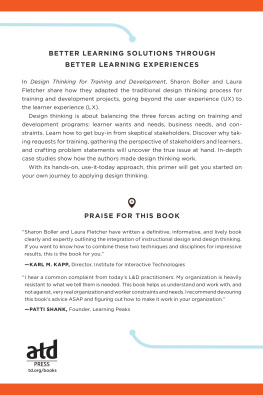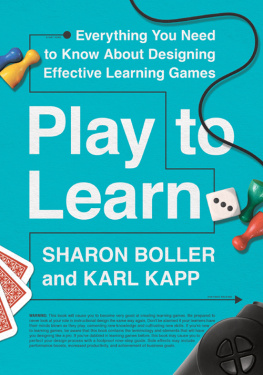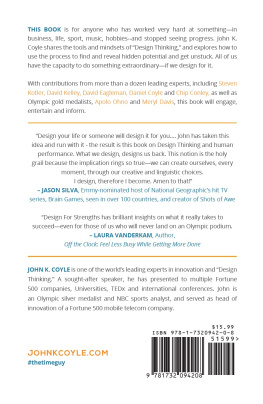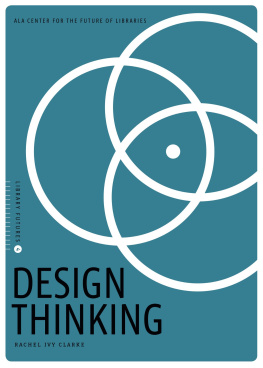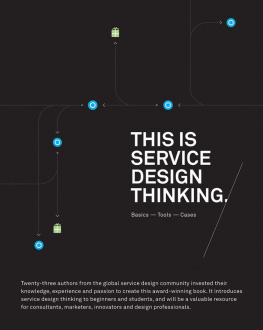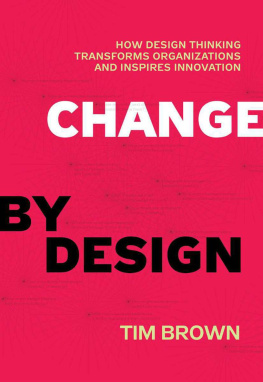
2020 ASTD DBA the Association for Talent Development (ATD)
All rights reserved. Printed in the United States of America.
23 22 21 20 1 2 3 4 5
No part of this publication may be reproduced, distributed, or transmitted in any form or by any means, including photocopying, recording, information storage and retrieval systems, or other electronic or mechanical methods, without the prior written permission of the publisher, except in the case of brief quotations embodied in critical reviews and certain other noncommercial uses permitted by copyright law. For permission requests, please go to www.copyright.com, or contact Copyright Clearance Center (CCC), 222 Rosewood Drive, Danvers, MA 01923 (telephone: 978.750.8400; fax: 978.646.8600).
ATD Press is an internationally renowned source of insightful and practical information on talent development, training, and professional development.
The content in is published with permission of the California Independent System Operator Corp. All rights reserved.
are used with permission from NxStage Medical, Inc.
ATD Press
1640 King Street
Alexandria, VA 22314 USA
Ordering information: Books published by ATD Press can be purchased by visiting ATDs website at td.org/books or by calling 800.628.2783 or 703.683.8100.
Library of Congress Control Number: 2020934144
ISBN-10: 1-95049-618-X
ISBN-13: 978-1-950496-18-1
e-ISBN: 978-1-950496-19-8
ATD Press Editorial Staff
Director: Sarah Halgas
Manager: Melissa Jones
Community of Practice Manager, Learning Design: Eliza Blanchard
Developmental Editor: Jack Harlow
Production Editor: Hannah Sternberg
Text Design: Michelle Jose
Cover Design: Faceout Studio, Amanda Hudson
Printed by P.A. Hutchison Company, Mayfield, PA
Introduction
The stories captivated us. The first one was the story of Doug Dietz, an industrial designer for GE Health. He shared it in a TED Talk as he described his pride in his design of an MRI machine. His pride turned to distress as he stood in a hospital hallway and watched a young child crying as she approached the MRI scanning room with her parents (TEDx San Jose 2012).
As they neared the entrance to the MRI room, the dad bent down to his daughter and said, Remember, we talked about how you need to be brave. The machine Doug so proudly designed terrified young patients (and even adult ones) when they needed a scan. Eighty percent of kids required sedation to successfully get a scan. Doug was mortified and vowed to redesign the experience of getting a scan by involving those who feared it the most: preschoolers. The result of this design-thinking approach to redesigning the experience of a scan meant that one hospital reduced its sedation rate from 80 percent to 1 percent.
The second story happened at Stanford University, where a class was challenged with designing a cheaper incubator. One team went to Nepal, where they visited the rural communities where babies were most at risk of dying from premature birth or low birth weight. In observing the communities and talking with these families, they realized the task wasnt just to build a cheaper incubator, it was to design one that was accessible to families who would never make it to a hospital. The biggest constraint was environment, not cost (ABC News 2011). Their human-centered, design-thinking approach gave them completely different insight into how to solve the problem. Instead of a high-tech, sleek incubator made with low-cost parts, they created a low-tech incubator that looked like a small sleeping bag and maintained an infants body temperature for four hours. It could be recharged for another four hours by putting it into boiling water for a few minutes. The Embrace Nest infant warmer has helped more than 200,000 babies (Extreme Design for Extreme Affordability; Standford University).
In training and development, our stories may be less dramatic, but there is a desperate need for a human-centered approach to designing learning. Our industry tends to think first about creating courses and workshops instead of recognizing learning as a journey that involves many steps and stages. The experiences we have at each stage of the journey either propel us forward or cause us to exit. We spend billions of dollars each year on training solutions without significant success stories to share in terms of results or rave reviews from learners. Thats a problem if people opt out of the journey or the journey leads to nowhere. When that happens, we have failed our learners and our organizational needs.
This book offers a primer on how to apply design thinking techniques to training and performance development. Design thinking is a problem-solving methodology that focuses heavily on involving users of a solution in its design. We start with a brief primer on design thinking and then introduce you to our LXD Framework, a way of integrating design thinking techniques with instructional design. We show and tell how to use a variety of tools that can help you create an optimal learning experience. For us, optimal learning experience means three things:
It delivers value to learners.
It solves a problem for the organization.
It produces a measurable outcome.
And note how we frame it as a learning experience. We dont create learning. Instead, people have an experience as they learn. The learning typically comes from a variety of means, including formal training programs, resources, and experiences. At times you will see learning experience design referenced. Other times we may reference training. When we reference training, we are talking about a formal event. When we reference a learning experience, we are talking about a collection of activities that a learner participates in or has access to that support learning something.
Design thinking can be for anyone in training and performance development, which itself encompasses a lot of roles and titles. Are you a learning designer, learning architect, instructional designer, L&D professional, HR professional, chief learning officer, training professional, or talent development professional? Our industry uses lots of different acronyms and role titles. For claritys sake, we reference training and performance development professionals to encompass all these possible roles. This book is for you.
Heres what youll find within this book:
: Get Acquainted With the Concepts summarizes what design thinking is and how to connect its steps to training and performance development. This section also introduces our learning experience design (LXD) framework as a means of incorporating design thinking techniques within the process of training program and learning experience design.
: Get Perspective and Refine the Problem focuses on the early steps in the framework. It includes tools that help you gather perspective from all the stakeholders associated with a request for training and helps you refine the problem for which training was predefined as a solution.
: Ideate, Prototype, and Iterate contains tools that help you involve your learner and business stakeholders in designing, developing, and testing your solution.
: Implement and Evaluate walks you through whats needed to ensure people benefit from what you developed. Within it, we provide tools and techniques for activating what youve designed and measuring your impact.

